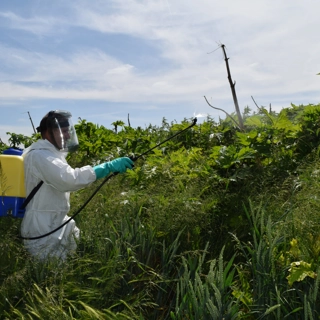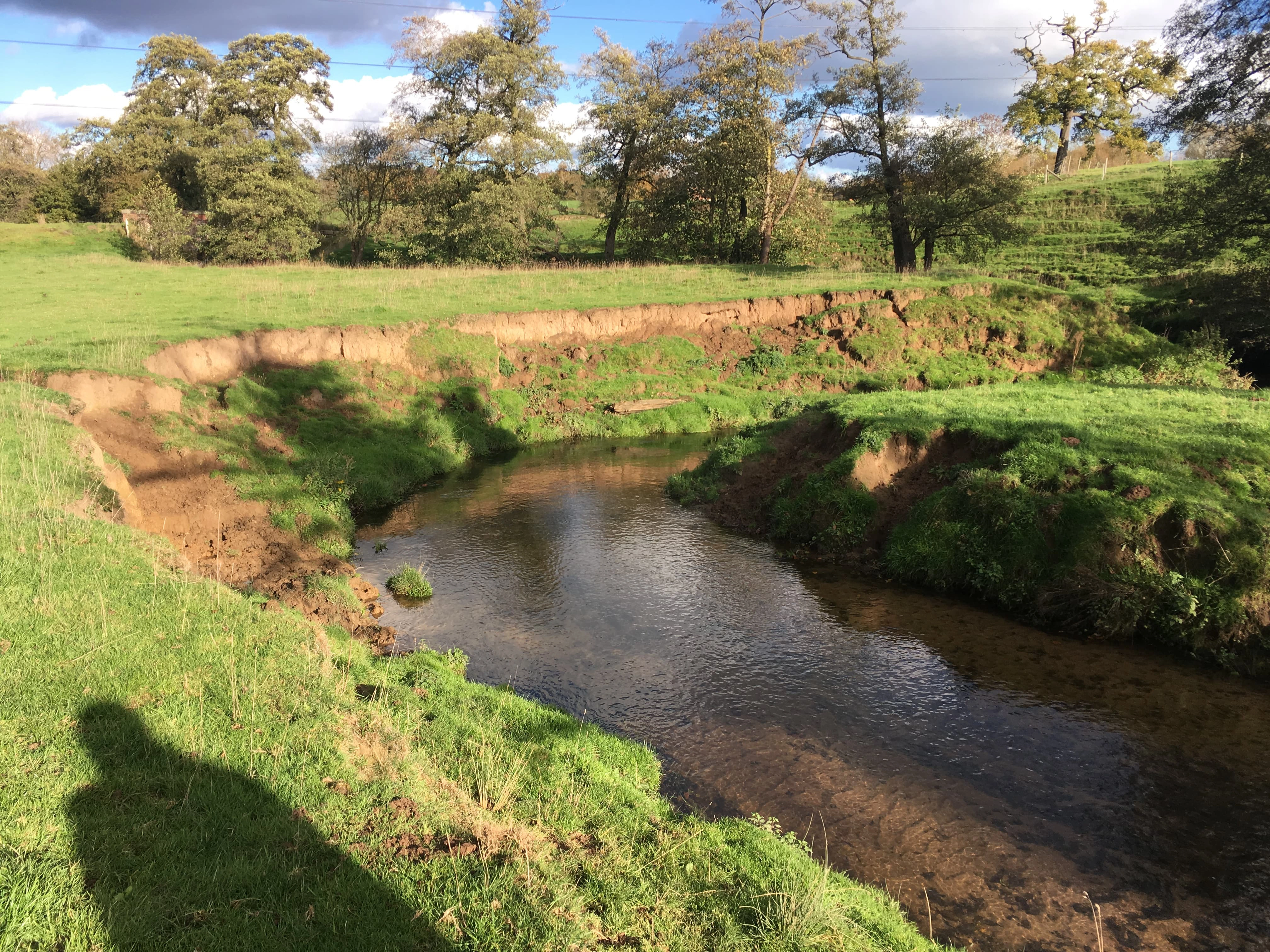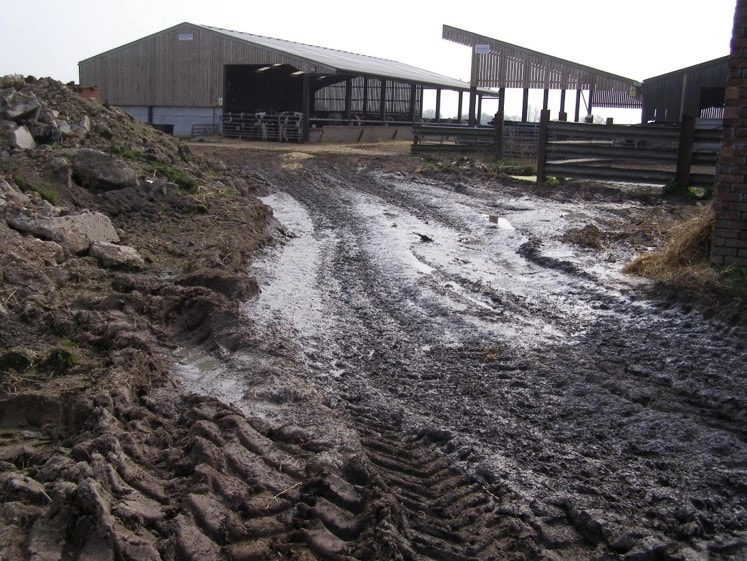
The Importance of Water
Water is precious. We need enough rain to irrigate crops at the right time, and we need water for drinking and washing.
In times of drought, there may not be enough rain to provide the right amount of water that we need at that time. On the other hand, there are times when it rains too much and flooding brings its own problems.
Water is vital for our existence and is a precious resource we cannot do without. The water resource issues we face relate to the amount of rain at a given time. But we cannot manage without it, water is an important resource.
Water Storage Solutions
Water storage solutions such as attenuation ponds and above ground tanks can help to store excess water during times of heavy rainfall to be used during prolonged dry weather.
This will help to produce a higher yield in extreme weather conditions whilst reducing the flood peak and providing better quality habitat for wildlife. The interventions shown here include benefits to farm production and the environment.
Alt Crossens Catchment Partnership
In 2019, the Environment Agency designated the Alt & Crossens as a Priority Catchment for water resource and availability.
Issues in the catchment include; Soil Loss (ever lowering land levels), Irrigation Water Loss, Lack of Storage, Hydrological Understanding, Water Quality, Illegal Abstractions and Illegal Impoundments.
This strategy sets out how the Environment Agency manage new and existing abstraction and impoundment within the Alt Crossens catchment in the North West.
It ensures that they meet River Basin Management Plan (RBMP) objectives for water resources activities and avoid deterioration within this catchment.

Water Quality
Our rivers and brooks transport rainwater from their source to the sea as part of the perpetual water cycle. As the rainwater travels along the watercourse, it picks up various inputs, including solids such as soil and sediment, as well as liquids that are carried with the water in the rivers.
The water that reaches the mouth of a river is not often as pure as the rainwater that fell at its source. We measure the amount and type of impurities when we measure water quality.
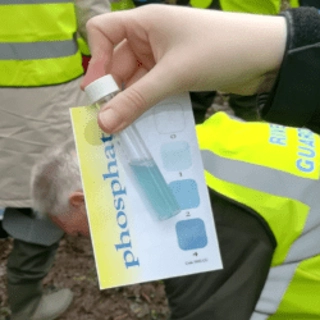
Integrated Water Management Strategy
Farmers face significant challenges with regards to water related issues - from flooding to droughts. In order to address water related hazards and impacts the NFU is developing an integrated water mangement strategy.
In this video, Adam Briggs, the North West Environment Advisor for the NFU discusses the purpose of the strategy and what it aims to achieve. This video is from the first Water Friendly Farming webinar, held in September 2020.
Compaction
When soil is under repeated stress from heavy machinery or livestock it becomes compacted which reduces the amount of air and water infiltration. This means, during times of heavy rainfall, water is unable to percolate into and through the soil so it flows overland.
Excess surface water can damage crops, erode soil, increase flood risk in rivers and impact water quality as chemicals from farms are washed into the watercourse.
Creating pockets of air within the soil allows water to infiltrate, slowing the flow of water into our rivers and protecting farms, houses and roads from flooding.
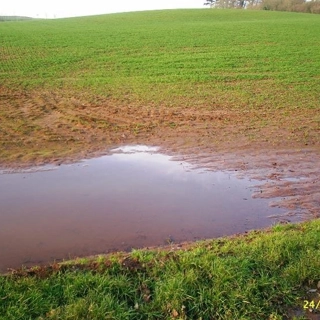
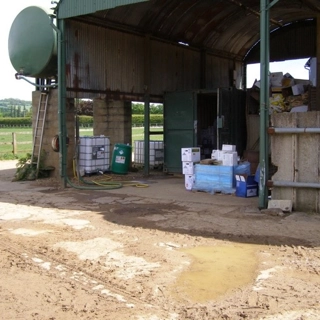
Chemicals
Chemicals such as pesticides and herbicides are vital for farms to produce the high quality crops expected of them by our supermarkets. However incorrect storage and application of these chemicals can end up costing businesses a lot of money and can also have a negative impact on the environment.
Cultivating across slopes (where safe) can reduce the flow of chemicals down to the watercourse. Planting trees and leaving buffer zones can help intercept chemical run-off before it reaches the watercourse.
Invasive species
Invasive Non-Native Species (INNS) such as Himalayan Balsam, Japanese Knotweed and Giant Hogweed spread rapidly, often along riverbanks. They should be controlled and eradicated to allow native plants to thrive, as follows:
Himlayan Balsam - pull the whole plant out of the soil and break the roots off. Leave in a pile to rot. Control in May-July, before the plants have begun to seed.
Japanese Knotweed - should be chemically treated by a trained professional. These plants can be sprayed or stem-injected. Control in summer-autumn.
Giant Hogweed - should be chemically treated by a trained professional. These plants can be sprayed or dug out. Control in spring-summer.
INNS should not be removed from site as this may cause them to spread further.
